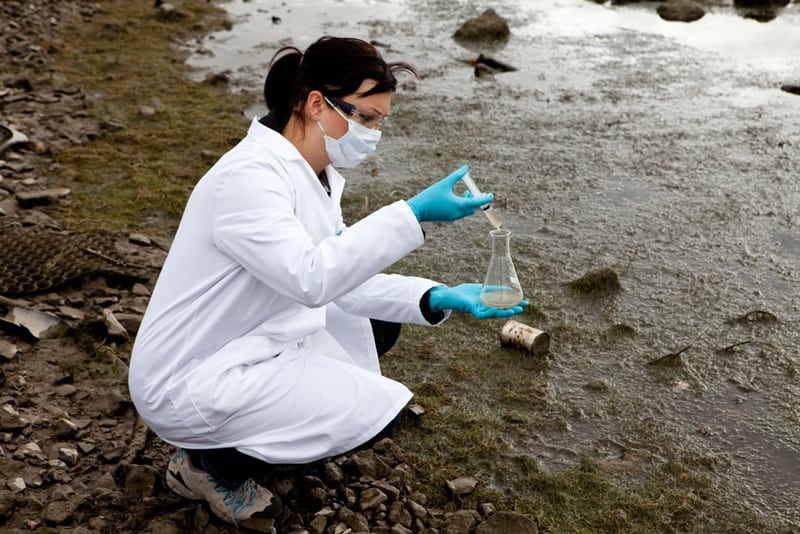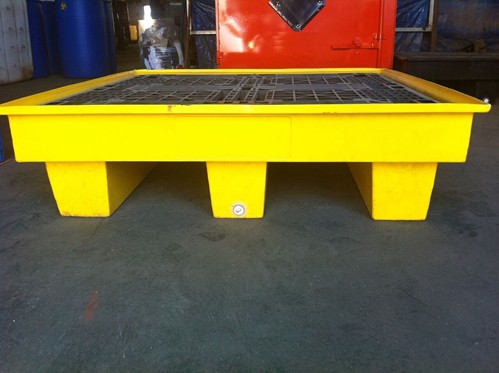Climate change is an issue that spans every industry around the world, no matter how niche or complex. This very much includes the shipping industry. In fact, it could be argued that maritime shipping needs to lead the charge when it comes to greener thinking as its practices directly impact the environment.
Not sold yet? Just take a look at what's happening in South East Asia.
The situation in South East Asia ports


The ports in South East Asia are responsible for $5 trillion in trade, however, the area is home to not one, but three of the six most polluted ports in the world. When you have that much cargo going through one place, you have to take a look at what's going on. And that's just what researchers did.
A 2015 study published in Atmospheric Environment investigated the quality of the air in South East Asia which, at the time, was seeing about 24,000 deaths each year from unclean air. This region has Singapore, Hong Kong and Shanghai harbours – the ports with the highest emissions per unit area. Using Automatic Identification System (AIS) data, researchers saw that these shipping emissions had increased substantially over the years leading up to the study.
This report made it clear that the shipping industry and pollution were closely tied. So, only one question remains …
How can we make supply chains more sustainable?
Vikki is the world's first LNG-fueled handyzise bulk carrier.
Fortunately, the shipping industry has been making efforts to reduce carbon emissions in shipping chains, and processes on how to make shipping more sustainable. Let's begin by taking a look at ESL Shipping's new eco-friendly dry cargo vessel, Vikki.
Vikki is the world's first LNG-fuelled handyzise bulk carrier, according to Green4Sea. This 160 metre ship of 26,000 deadweight tonnage is fueled by natural gas and therefore produces 50 per cent fewer carbon dioxide emissions than older ships. But it isn't the only vessel trying to make trade cleaner.
Norway has recently been using more electrical ships which have already helped cut the country's emissions. Their shore power and charging infrastructure aims to reduce carbon dioxide emissions by as much as 12.5 million tonnes around Norwegian ports, explained Green4Sea. However, it's not just about the ships we use – it also comes down to the supplies we ship with.
Plastic pallets manufactured to Australian shipping standards are just another step in the right direction. These materials outlast wooden pallets up to 10 times, and can be used for transporting all kinds of materials.
If you have any more questions on how you can make your shipping solutions more sustainable, contact our team here at Eco Pallets.









Comments are closed.